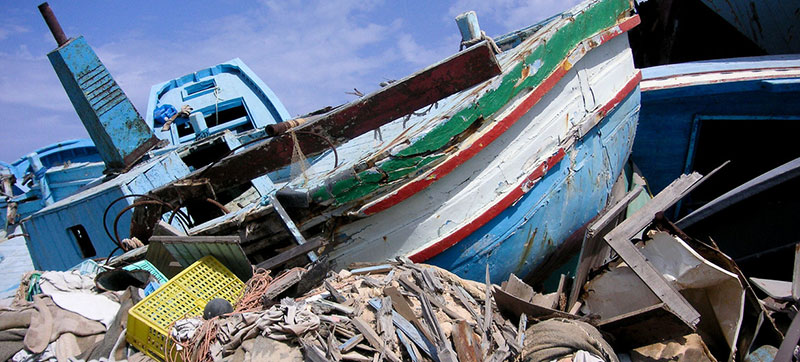 CanaryIslands
CanaryIslands New York: A sharp increase in the deaths and disappearances of migrants at sea heading to Spain’s Canary Islands, along the West African coast, is a cause for “extreme concern” the UN’s migration agency, IOM, said on Friday.
By the end of last month, the International Organization for Migration’s (IOM) Missing Migrants Project recorded 785 people, including 177 women and 50 children, who had died or disappeared this year.
Frank Laczko, Director of IOM's Global Migration Data Analysis Centre noted that the actual numbers are likely much higher.
“Invisible shipwrecks, in which there are no survivors, are believed to be frequent occurrences on this route but are nearly impossible to verify”, he said.
Deadly August
August was the deadliest month in terms of documented fatalities – with 379 lives lost – accounting for nearly half of the total number of deaths recorded this year, according to IOM.
These figures reveal a two-fold increase compared to the recorded deaths during the same period last year, when about 320 people lost their lives on the Western Africa-Atlantic Route.
Migrant deaths soar
In all of 2020, 850 migrant deaths were recorded on this route – the highest documented number of lives lost in a single year since 2014, when IOM first began collecting data.
Even when boats are reported in distress, it is difficult to determine the number of lives lost.
In the first eight months of this year, 9,386 people had arrived in the Canary Islands by sea, a 140 per cent increase over the same period in 2020 (3,933).
Deadly days at sea
Survivor testimonies have indicated that these journeys are becoming ever riskier.
One of seven survivors from a vessel carrying 54 passengers that drifted for two weeks - before capsizing close to the Mauritanian coast in mid-August - told IOM that after three days at sea, their engine was lost, and they ran out of food and water.
“People were already starting to die”, the survivor said, describing bodies “thrown into the sea” to lighten the load of the boat, to prevent everyone from dying.
“There were people who looked like they had gone mad, sometimes they bit each other, they shouted, and they threw themselves into the sea”, she added.
There were people who looked like they had gone mad, sometimes they bit each other, they shouted, and they threw themselves into the sea -- Survivor
Without a trace
Reports of remains washing ashore along the Atlantic coast or frequently being caught up in the trawl nets of fishing vessels, are further indications of “invisible shipwrecks.”
“The lack of concerted efforts to recover migrant remains on this and all routes means that hundreds of families are left bereaved”, said Mr. Laczko. In the first six months of 2021, the Spanish civil society organization Caminando Fronteras, estimated that 36 boats heading to the Canary Islands disappeared without a trace.
Comprehensive response needed
Conflict and poverty – exacerbated by measures to counter the COVID-19 pandemic, coupled with limited regular migration channels – continue to compel people to undertake extremely perilous journeys at sea.
“Ending this senseless loss of life on all maritime migration routes to Europe requires a comprehensive response, enhanced State-led search and rescue capacities and pathways for safe, orderly and regular migration”, the IOM official stated.
Support Our Journalism
We cannot do without you.. your contribution supports unbiased journalism
IBNS is not driven by any ism- not wokeism, not racism, not skewed secularism, not hyper right-wing or left liberal ideals, nor by any hardline religious beliefs or hyper nationalism. We want to serve you good old objective news, as they are. We do not judge or preach. We let people decide for themselves. We only try to present factual and well-sourced news.







